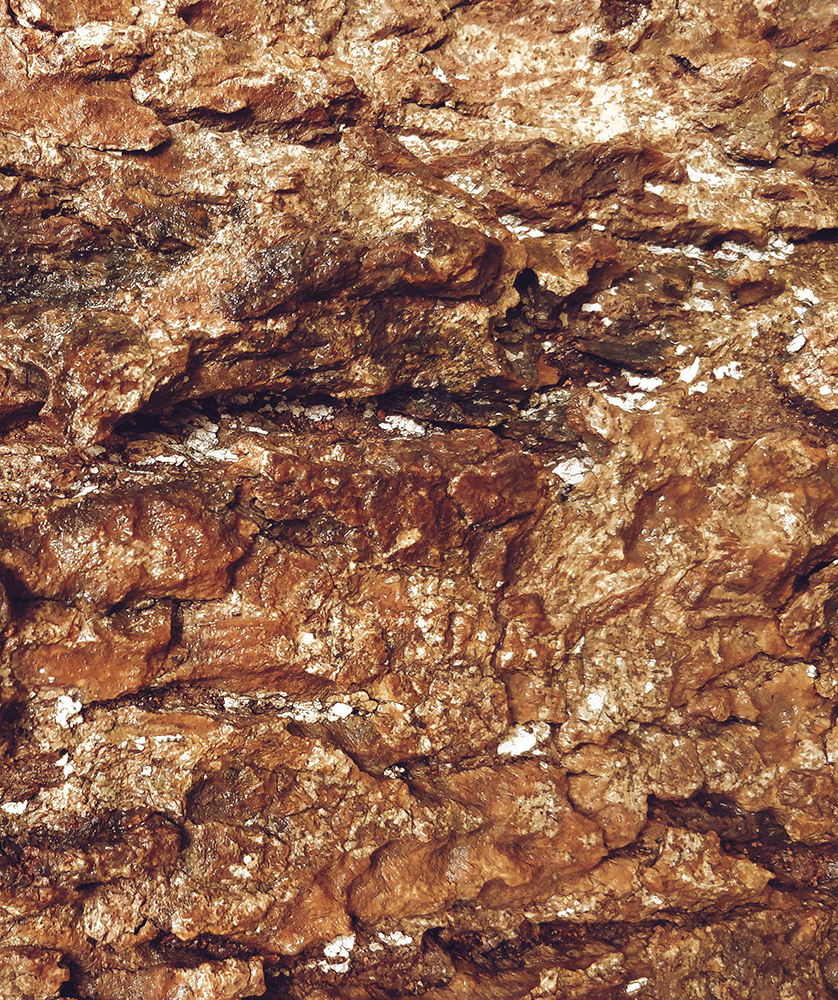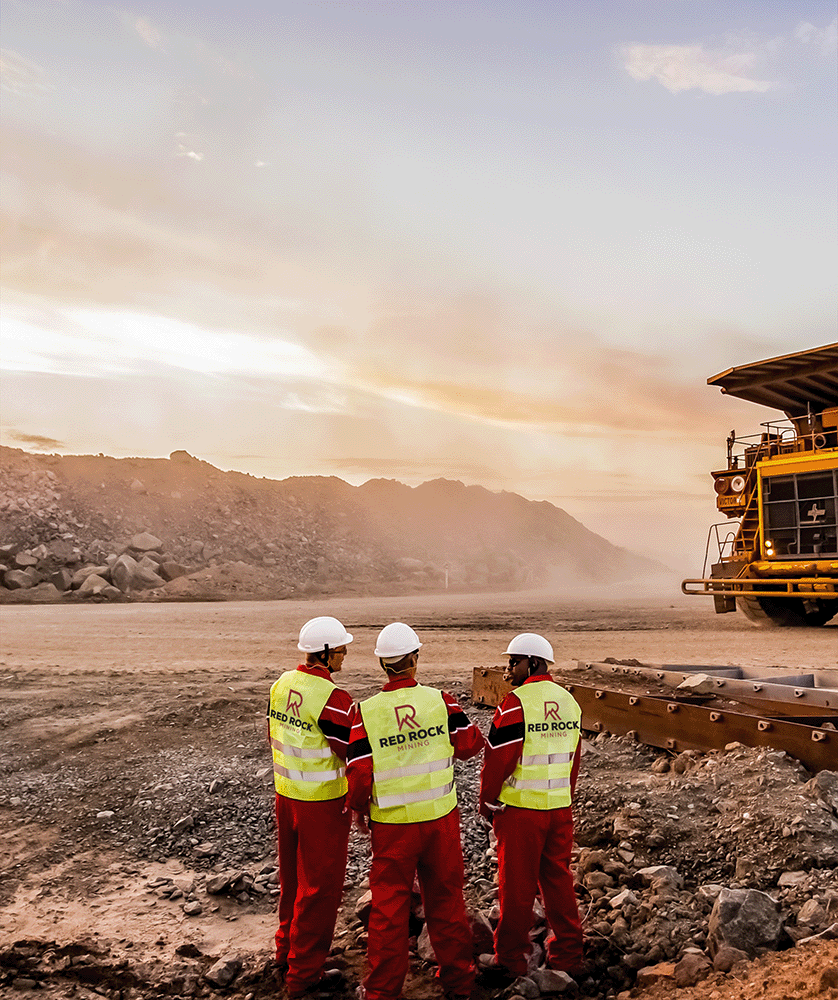At Red Rock Mining, we oversee the entire mining cycle, from the exploration of deposits to the processing and valorization of copper ore. Our approach is based on rigorous methods, recognized technical expertise, and a constant commitment to environmental and social sustainability.
The selection process begins with a prospecting and exploration phase aimed at identifying and quantifying copper and other precious or semi-precious metal deposits. This stage is based on five main steps:
Analysis of geophysical, geochemical, and geological maps.
Use of satellite imagery to identify favorable areas.
Development of detailed maps of alterations and anomalies.
Creation of multi-thematic maps.
Cross-analysis with expert geologists, geophysicists, and geomaticians.
Identification of high-potential copper indicators.
Field studies including sampling, mapping, pits, and trenches.
Detection of anomalies by air or ground surveys.
Execution of exploratory drilling to obtain qualitative and quantitative data on mineralization.
Drilling carried out using a standardized grid that meets international standards.
Official certification of the quantity and quality of the minerals present in the subsoil.
Economic analysis of the project.
Comprehensive environmental impact study.
Final validation of the mining phase.


After feasibility validation, mining operations aim to extract the rock containing copper ore.
The mined deposits have a minimum grade of 1%.
The ore generally comes from a vein, lode, or massive deposit.
Two main extraction methods are used:
Underground mining.
Open-pit mining.
The choice of method depends on the depth of the deposit, its geological and geomorphological configuration, the environmental impact, and associated costs.
Land restoration: once mining operations are completed, Red Rock Mining undertakes rehabilitation actions to minimize environmental impact and restore the site to nature or sustainable uses.
Ore processing is a crucial stage: it transforms the extracted raw ore into a high–value-added product.
Crushing and grinding to reduce the rock.
Flotation to separate copper from waste minerals.
Concentration to increase copper content and optimize product purity.
This process helps to:
maximize economic profitability,
reduce the amount of waste generated,
optimize the use of natural resources.

The price of copper is influenced by several structural factors:
The final product obtained is a high-quality copper concentrate, meeting international standards.
Average copper content: 25%
Purified from undesirable metals such as arsenic or antimony
Optimized sulfur content from the raw ore
Stable and controlled quality over time
This concentrate is a strategic raw material for many sectors: energy, construction, new technologies, and electric mobility.